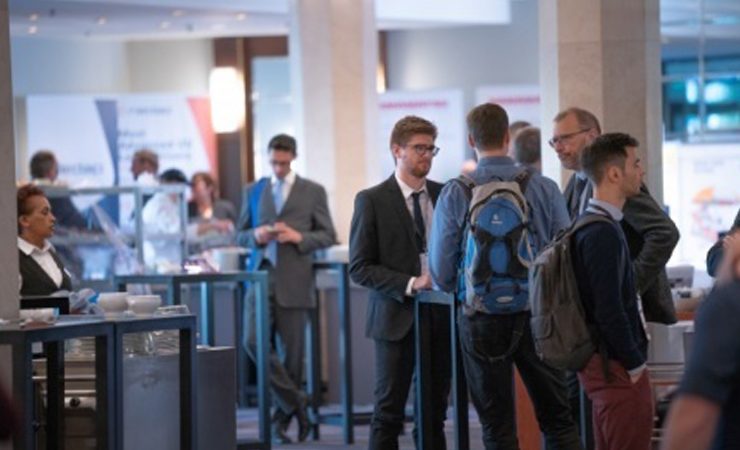RadTech Europe’s (RTE’s) latest conference has reinforced the three key pillars of the association’s strategy to promote the use and further the penetration of ultraviolet (UV) and electron beam (EB) curing in various printing markets and applications.
RTE is the European industry association that promotes the development, use and benefits of UV and EB curing technology for inks, coatings and adhesives.
Its biennial conference brings together the value chain to discuss the latest trends, developments and future opportunities for UV and EB. This year’s event, which took place in Munich, Germany on 15-16 October, featured a refreshed format that brought together more than 350 professionals from 31 countries, including users of the technology, formulators and suppliers as well as academia representatives. The new format saw the programme condensed into two days, with a selection of almost 70 presentations and 23 exhibitors in a table-top exhibition. This year’s event registered more visitors than at the previous edition in Prague in 2017, and welcomed more than 50 end users, also a record.
As well as the usual statistical updates you would expect from such an event – the global market for formulated products now stands at an estimated 630kT, with Asia growing annually at 3.6%, North America at 3% and Europe at 2.1% –, and presentations of advances in hardware, materials and consumables, market-specific end user sessions on food packaging and metal coating provided timely updates on key areas of focus for UV and EB curing.
The full-day seminar on food packaging encompassed: a review of the chemistry by Daniel Kunz of BASF; a market update by Perstorp’s David Engberg; and Jonathan Sexton of Sun Chemical presenting the latest from the UVFoodSafe industry initiative, which promotes the use of UV technology in indirect food applications. Andreas Grabitz of laboratory testing body Eurofins talked about current regulations and, with Nick Ivory of Sun Chemical, went on to host a regulatory panel discussion on this important topic. Mr Ivory went on to discuss the activities of EuPIA, the European Printing Ink Association, and Thomas Efsen of Efsen Engineering discussed UV dose monitoring. Werner Weit, of Constantia Teich, shared the perspective of a converter.
Moreover, with a high level of interest in the UV and EB curing from potential new professionals, RTE added an introductory ‘academy session’ on the first day of its 2019 conference, delivering information on the science, markets, manufacture and applications for UV, EB and LED curing. Hosted by ex-RTE president David Helsby, the day-long session proved a popular addition to the programme. Mr Helsby said, ‘Originally described as a specific course for newcomers to the industry, its content was expanded to provide, in the individual course sessions, a reference or refresher course on each particular topic for all comers. The introductory sessions on formulation and basic chemistry were attended by no less than 30 participants – proof of an audience outside the technology mainstream who wanted to gain an understanding.’
RTE president Paul Kelly, of Luxsit Ltd (UK), commented, ‘It is our strategy to focus the energy of RadTech Europe on market conversion in favour of UV/EB curing technology, education, and the opportunity for exchange of knowledge and experience between established professionals. This year’s programme well reflected these three key pillars of our ambition.’
Programme organiser Dawn Skinner added, ‘This year’s turnout has confirmed that our biennial conference remains an important part of our industry, in that it combines solid content with the aspects of connecting expertise and peer networking.’
Make sure to read the January/February 2020 issue of Digital Labels & Packaging for the latest on curing technology; register to receive the magazine here




